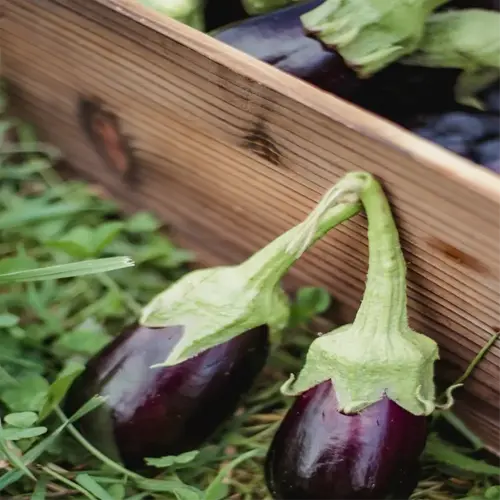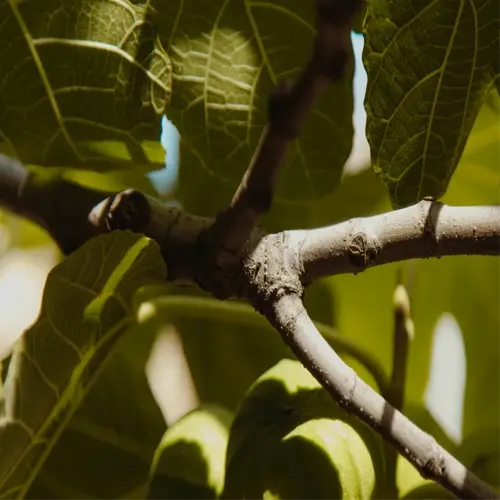Why do garlic bulbs sometimes split open underground?

Written by
Nguyen Minh
Reviewed by
Prof. Samuel Fitzgerald, Ph.D.Garlic cultivation requires moisture maintenance to prevent split bulbs. As the end of the growth stage approaches, excessive water will destroy protective wrappers. My worst season of garlic was after heavy rains in June. This caused split bulbs underground, about half of them. Split cloves help pathogens to enter the bulb and greatly decrease shelf life.
Excess Water
- Late-stage watering swells cloves unevenly
- Softens wrapper tissues
- Promotes mold in crevices
Compacted Soil
- Clay soils restrict expansion
- Causes internal pressure
- Amend with 30% coarse sand
Evaluate the soil moisture with a screwdriver. Simply push it 6" (15cm) deep; if the soil sticks to the screwdriver - don't water it yet. I mark my calendar three weeks after I harvest scapes to begin the drought simulation. This thickens the wrappers much like how the leather would cure, protecting the cloves while they are in storage.
Immediate Use
- Roast within 48 hours
- Freeze peeled cloves in oil
- Dry for garlic powder
Prevent Spread
- Isolate damaged bulbs
- Sterilize storage containers
- Discard moldy cloves
Avoid repetition by planting in mounded rows. Raising plants improves water drainage conditions, and my Idaho beds are on a 2" per foot (5cm per 30cm) slope. Additionally, your baseline could be paired with drips designed to supply 0.1 gallons (0.4L) per hour. Irrigating in a controlled manner is preferable to allow the caps to terminate any environmental variation and help it toughen up.
Read the full article: How to Grow Garlic Successfully in Any Climate

